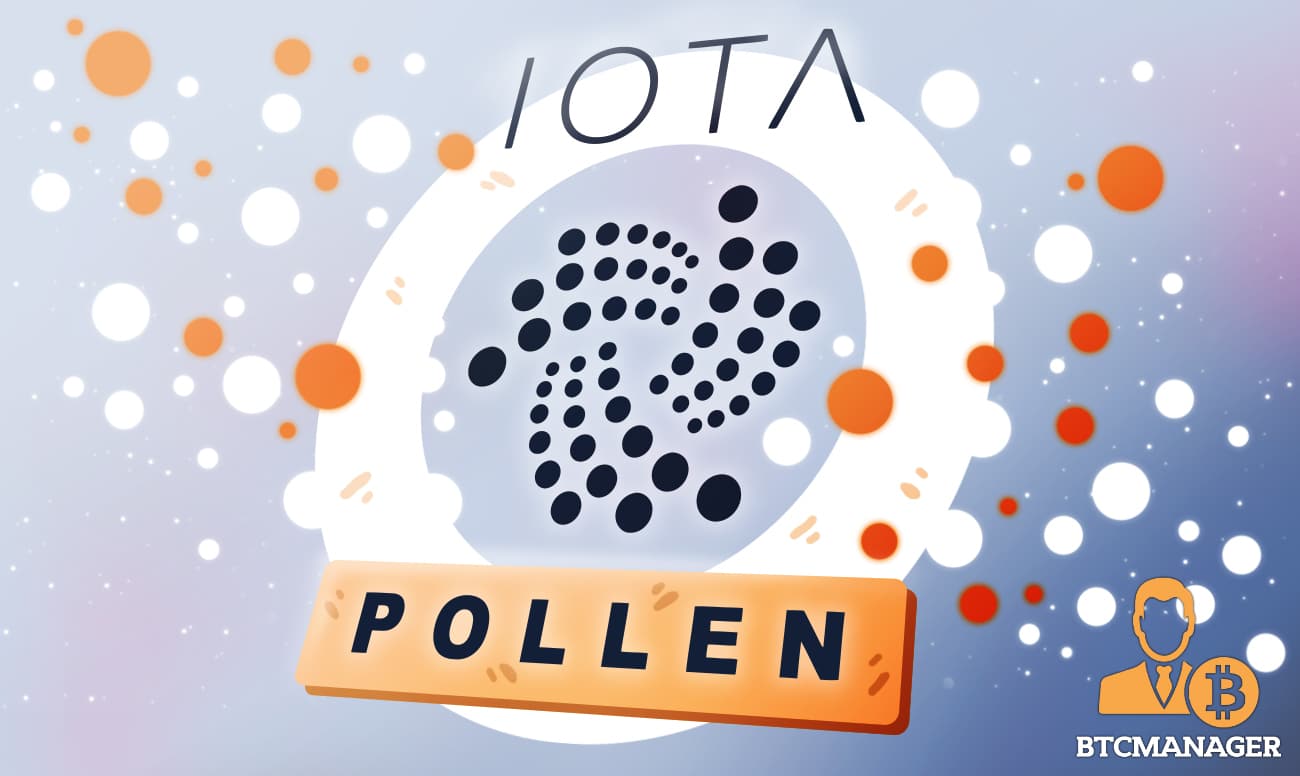IOTA Foundation Unveils New Version of Pollen Testnet

The IOTA Foundation has introduced a new version of the Pollen Testnet with a range of significant changes and enhancements.
IOTA-Mana Collab
According to the report, this release marks the official start of IOTA’s journey with Mana, a new reputation framework incorporated into pollen to mitigate Sybil attacks.
Mana is perhaps best thought of as a tool used in various roles in the network as a form of Sybil security and a means of managing network congestion. It is related, but it remains separate from the MIOTA token.
Sybil security prevents an attacker from having undue control over the network by creating multiple identities. Congestion control decides who has the privilege to write to the ledger at a time of congestion. Any DLT must include components that comply with these basic specifications.
Mana’s Implementation
According to the blog, the first objective is to evaluate the first iteration of Mana’s implementation to analyze its propagation in the pollen testnet, search for any vulnerabilities, and determine its stability. After this point, Mana will be released to be used as the Sybil security mechanism for IOTA congestion control, the Fast Probabilistic Consensus, auto peering, and the Random Number Generator.
The report also mentioned that the latest release contains new APIs, a new Mana section on the local dashboard, a Pollen Analyzer, and a Grafana dashboard. IOTA will also refactor the Consensus Manager to be independent of the concrete consensus process, enhancing Tangle Visualizer and Documentation.
According to the paper, the GUI and CLI wallets have been modified to enable the user to identify the node’s identity as the recipient of the Mana transaction agreement.
Implementation of IOTA 2.0 also introduces two methods to measure Mana, Mana one and mana 2. Mana 1 is pledged that is merely equal to the number of tokens moved in the transaction. At the same time, Mana 2 has a predictable progression over time, in the sense that additional token transfers do not influence it. Mana 3, which is a mixture of both, is still under study.
Thus, the Mana module’s successful implementation means that the next stage of the Nectar Coordicide Testnet is around the corner. The team is currently working on the remaining features, such as message finality via approval weight, reorganization, snapshots, timing, and Mana integration with their core modules.
Bringing Change to GoShimmer
Aside from the implementation of Mana, a significant improvement has also been made to GoShimmer, a prototype of node software that enables nodes to achieve a consensus without the Coordinator.
Concerning the change made to GoShimmer, the report says that they have reassessed the Consensus Manager aspect to be agnostic to the actual consensus mechanisms. In this way, GoShimmer can be used as a prototype of IOTA 2.0 and a versatile platform for any DAG-based DLT.














